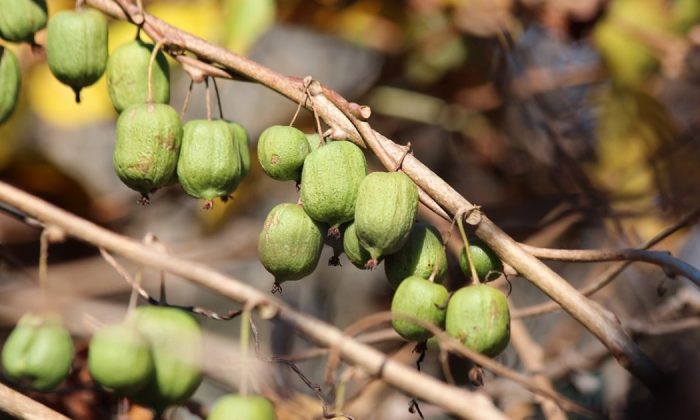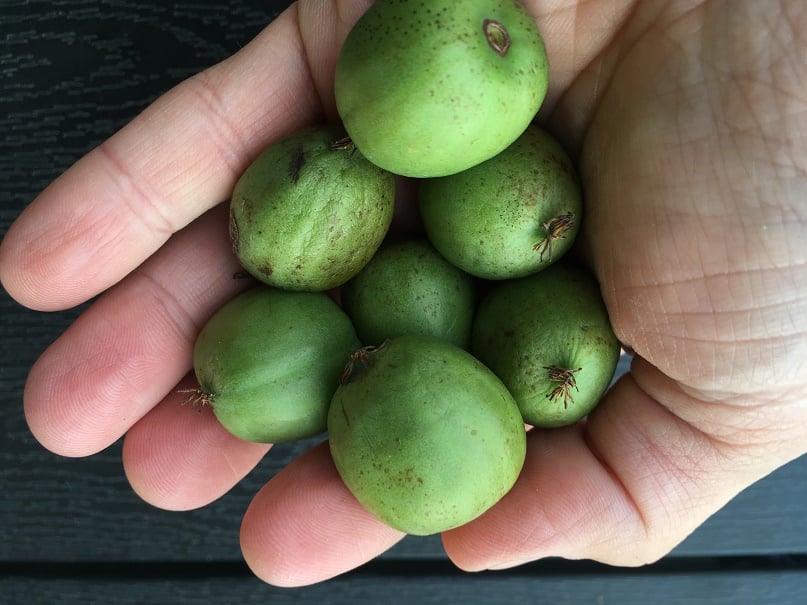How to make kiwi produce more fruit

There are plenty of instructions how to grow actinidia plants but they often lack important details that can negatively affect fertility and viability of kiwi seedlings. Here are the important details.
It does not matter whether you grow Actinidia chinensis, Actinidia arguta or other species in your garden. The growing process is practically identical for all of them – including proven instructions, tricks and tips.
Kiwi is not self-pollinating…
So, you do not have enough space in your garden to grow male and female plants (actinidia plants are dioecious), so you have decided to get self-pollinating varieties? Well, not many of these are sold in our markets. The is only one called Actinidia chinensis, also called “Jenny”. Other plants may be sold as self-pollinating, but somehow fail to deliver satisfactory results. But the good news is that you do not need many male plants as one male plant can easily pollinate 5-8 females. If you cannot find a male for your variety, that is okay too. You can get universal varieties such as the “Matua” or “Tomuri” varieties.
You are pruning but you doing it wrong
Good pruning is essential for the fertility of kiwi and you should do it more than once a year. Young plants under three years of age are rarely pruned, but young plants are not usually available in stores, so this only applies if you grow from seedlings/seeds.
Photo: Pixabay
The first pruning should be done in the middle of winter – for example, before you plant vines in vineyards – actinidia produces buds even at 8 °C. The wood fills with sap very early, and if you pruned late, the plant will bleed and that will make it weaker. When pruning in winter, shorten fruiting shoots down to two buds above the spot were you picked the last fruit in the summer. Get rid of old shoots – down to the dormant bud.
You should definitely do another pruning in the summer. At the beginning of summer, you cut all shoots that “run away” from the support structure as this increases the fertility of the remaining shoots. In the middle of summer, you should remove all shoots that appeared this year and you should cut them right after the fifth leaf. if you do not do that the plant will try to support them and that makes it weaker and will produce less fruit.
Fertilize sufficiently and continuously
You can determine the amount of nutrients for one season easily. Each year, a seedling should receive 200 g of nitrogen, 100 g of phosphorus, 130 g of potassium plus other trace elements. Phosphorus and potassium work best if applied once in the fall. Nitrogen should be provided in three doses during the growing season. To determine the right amounts you need to read the label on the fertilizer bag carefully.
Preview photo: Pixabay
Source: https://www.zahradnictvi-spomysl.cz/navod-na-pestovani-kiwi/

Gardening is my hobby, I have a lot of experience and I am happy to share it.








0 comments